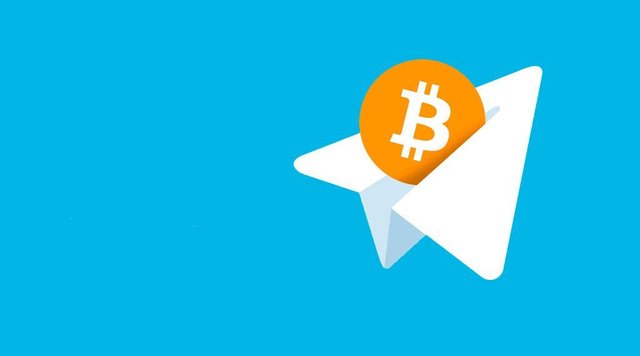How to protect yourself from digital currency fraud and "ICOs"

New and exciting topics like digital currencies and ICOs do not only bring in many novices, but also scammers who want to fool participants. This has been evident through initial currency support operations, so we have to show in which major traps are hiding - and how you can protect yourself.
Telegram or email
Almost all of the companies that initialize currencies create groups on thelegram, which is an important means of selling primary currency. You can communicate with the company's employees (they are managers of the tigram group, referred to as "supervisors") or chat with primary currency buyers. Here, it is possible for fraudsters to disguise themselves as officials and communicate with you via a personal message and send their wallet address with a request to send money or coins in exchange for the initial digital currency for sale. For example, they claim that the official wallet has been disabled or that there is a special reward if you use this wallet. They also ask you for your e-mail address to send you phishing emails later, with the same kind of fake requests and opportunities.
What to do: Use your company's official wallet only to pay. These portfolios can always be found on the company's website. Usually there are no other wallets, and there is no reward for using special wallets

Be careful of email requests, even if they appear to come from the company's email address. The sender's email address can easily be forged. Do not send your e-mail address on the telegraph by personal email, unless you are sure that you are communicating with the official. You can identify the real moderators by the word "admin" next to the name, and this property is visible only in the group, but not in private chat. You can also make sure you're talking to the real administrator when you've called him (by clicking his name in the same group chat directly). The fraudsters use the profile of administrators, the same name, and a similar username (for example, using the letter "L" instead of a "l").
Sometimes, entire channels or groups are falsified on tigrams. So beware of falling into the trap of these phantom channels! Where there is only one formal set on the tigrams for each digital currency subtraction. These real addresses can be found on the official website of the process. The rest of the headlines are fake - make sure to be away from them.
Google / Facebook / Website
Spoilers do not spare any effort: some paid ads on Google and Facebook belong to them, where they announce ongoing currency support. However, these ads are associated with fake websites, most of which you can see at the ends of links (.in, .pw, .id, etc.). If you buy something, you will probably lose your money, and if you sign in, your password will be used to sign in to the actual ICO site and the title of your wallet you're linking to will be changed.
What to do: Put a lot of attention on the real ICO site you want to participate in. Most often, a website ends up with .com and you should check for https at the beginning of the link - a sign of secure communication.
There are still some other tricks. If you are not sure of something, ask the company's official in the TG. Be careful when verifying your company's real contacts, channels, and real locations. This is the basis for safe participation in ICOs.